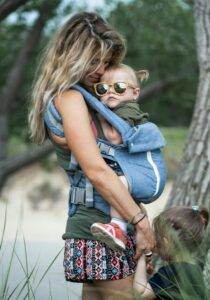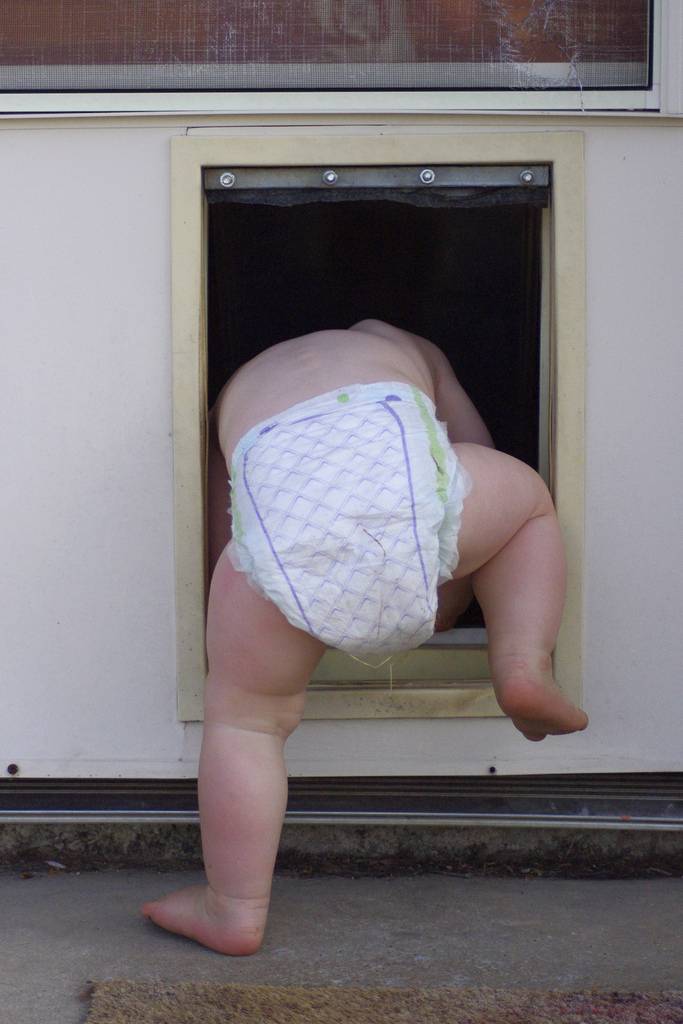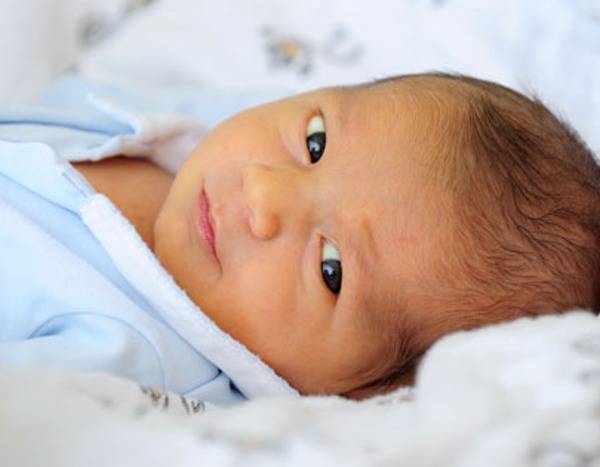Babywearing has surged in popularity among parents due to its numerous benefits, such as promoting bonding, providing convenience, and supporting a baby’s physical and emotional development. However, with a wide variety of baby carriers on the market, selecting the right one for you and your baby can be overwhelming.
This comprehensive guide will help you navigate the various types of baby carriers, explaining their pros and cons, and providing practical tips on choosing the best one for your unique needs.
Benefits of Babywearing
Before diving into the specific types of baby carriers, let’s explore the benefits of babywearing. Understanding why babywearing is advantageous helps you appreciate the different baby carrier options and make an informed decision.
Promotes Bonding
This is one of the most significant benefits of having a baby carrier. Babywearing keeps your baby close to your body, strengthening the emotional connection. The physical closeness helps release oxytocin, often called the “love hormone,” which fosters attachment and affection.
A baby carrier’s bonding experience is particularly beneficial during the early months when your baby adjusts to life outside the womb.
Offers Convenience
Using a baby carrier keeps your hands free while keeping your baby close. This convenience is useful for multitasking, whether doing household chores, shopping, or taking care of older children.
A baby carrier is a lifesaver for parents who need to navigate busy environments, such as crowded streets or public transportation, where using a stroller might be impractical.
Supports Development
A baby carrier supports physical development in several ways. Being in an upright position helps with digestion, reduces colic, and promotes proper hip development. The gentle movements while being carried soothe and calm your baby.
Research suggests that the baby carrier’s physical closeness and constant motion associated with babywearing contribute to a baby’s cognitive and social development, as they are exposed to more stimuli and interactions with their environment.
Enhances Sleep
Babies in baby carriers tend to sleep more soundly and for longer periods. The rhythmic movement, warmth, and comfort of being close to a parent lulls a baby to sleep. Hence, a baby carrier is particularly helpful for babies who have difficulty napping or staying asleep in a crib.
For parents, having a well-rested baby means more consistent sleep patterns and less nighttime waking.
Eases Breastfeeding
Babywearing facilitates breastfeeding by allowing discreet, on-the-go nursing. Many baby carriers are designed to support breastfeeding positions, enabling mothers to feed their babies comfortably and conveniently. This is helpful for mothers who are still mastering breastfeeding techniques or need to nurse in public spaces.
Types of Baby Carriers
There are several types of baby carriers, each with its advantages and disadvantages. Understanding the different options helps you choose what best fits your lifestyle and preferences. Let’s take a closer look at the most common types of baby carriers
1. Wraps
These are long pieces of fabric wrapped around your body to create a secure pouch for your baby. They can be used from birth and offer multiple carrying positions.
Pros
- Versatility: Wraps can be tied in various ways to accommodate different carrying positions, such as front, hip, and back carries. This versatility makes wraps suitable for newborns and older babies.
- Custom Fit: Because wraps are tied to your body, they provide a snug and comfortable fit for you and your baby. This custom-fit helps distribute your baby’s weight, reducing strain on your back and shoulders.
- Even Weight Distribution: The fabric distributes the baby’s weight evenly across your shoulders and back, which helps prevent discomfort and fatigue during extended periods of babywearing.
Cons
- Learning Curve: Wraps can be tricky to master, especially for new parents. It may take some practice to get the tying technique right. Watching instructional videos or attending a babywearing class is helpful to know more about baby carriers.
- Time-Consuming: Putting on a wrap takes longer than other carrier types, which may not be ideal for quick trips or situations where you need to get your baby in and out of the carrier quickly.
2. Ring Slings
This is another type of baby carrier that’s made from a fabric with two rings sewn at one end. The fabric is threaded through the rings to create a pouch for your baby. Ring slings are popular for their simplicity and ease of use as baby carriers.
Pros
- Ease of Use: Ring slings are relatively easy to put on and take off, making them convenient for quick trips or short errands. The simplicity of threading the fabric through the rings allows for quick adjustments.
- Adjustability: The rings allow you to adjust the fabric to achieve a comfortable fit and carry your baby in various positions, including front and hip carry. This adjustability makes ring slings suitable for different body types and sizes.
- Breathability: Ring slings are made from lightweight, breathable fabric, which is more comfortable in hot weather. Natural fabrics such as linen and cotton are popular for their breathability and softness.
Cons
- Uneven Weight Distribution: Because ring slings place the baby’s weight on one shoulder, they cause discomfort or strain during extended use. This can be mitigated by switching shoulders periodically.
- Limited Carrying Positions: While ring slings are versatile, they don’t allow many carrying positions as wraps or soft-structured carriers. They’re best suited for front and hip carries.
3. Soft-Structured Carriers (SSCs)
Soft-structured carriers, called buckle carriers, are designed with padded shoulder straps and a waistband for added support. These SSCs feature buckles or clips for securing the carrier.
Pros
- Ease of Use: SSCs are easy to put on and take off, with minimal adjustments. The buckles and straps make securing your baby quick and straightforward.
- Support and Comfort: The padded shoulder straps and waistband provide excellent support and distribute the baby’s weight. This design prevents back and shoulder strain, making SSCs suitable for extended wear.
- Variety of Carrying Positions: Many SSCs offer multiple carrying positions, including front, back, and hip carries. This flexibility allows you to adjust the carrier as your baby grows and their preferences change.
Cons
- Bulkiness: Some parents find SSCs bulkier and less compact than other carriers. This is considered if you need a carrier that is easy to pack and transport.
- Adjustability: While SSCs are adjustable, they don’t provide customized fit as wraps or ring slings. However, many carriers offer adjustable settings for different body sizes and shapes.
4. Mei Tais
These are a hybrid of wraps and SSCs consisting of a rectangular fabric with straps that tie around your body. Mei tais offer the best of both worlds, combining the support of a structured carrier with the flexibility of a wrap.
Pros
- Versatility: Mei tais are used for front, back, and hip carries, offering varied carrying positions. This versatility makes them suitable for newborns and older babies alike, catering to a wider age range.
- Custom Fit: The tying straps allow for a custom fit, making mei tais suitable for different body types and sizes. The ability to adjust the straps provides a comfortable and secure fit for the parent and baby.
- Support and Comfort: The fabric and design of mei tais provide good support for the wearer and the baby. The broad straps distribute the weight evenly, reducing strain on the shoulders and back.
Cons
- Learning Curve: Like wraps, mei tais require practice to master the tying techniques. It becomes easy to use after continuous and repeated usage.
- Time-Consuming: Putting on a mei tai takes longer than using an SSC or ring sling. The tying process is more time-consuming, which might not be ideal for quick trips or when you’re in a hurry.
Choosing the Right Baby Carrier
Selecting the right baby carrier depends on various factors. Here are some tips to help you make the best choice.
1. Consider Your Lifestyle
Think about when and where you’ll be using the carrier most often. If you need a carrier for quick trips and errands, a ring sling or SSC is more convenient due to their ease of use. For extended wear or versatility, a wrap or mei tai could be a better option.
Consider whether you need a carrier that’s easy to pack and transport or one that offers multiple carrying positions for different activities.
2. Prioritize Comfort
Comfort is crucial for you and your baby. Look for a carrier that distributes weight evenly and provides adequate support. Trying on different carriers, if possible, helps you find the most comfortable fit. Pay attention to the padding in the shoulder straps and waistband, as well as the fabric’s breathability and softness.
3. Assess Ease of Use
Some carriers require more practice and time to put on than others. If you’re a first-time parent or need a carrier that’s quick and easy to use, consider an SSC or ring sling. Wraps and mei tais take more practice but give custom fit and versatile carrying options.
4. Check for Adjustability
Adjustability is important for a secure and comfortable fit. Adjustable straps, buckles, or rings accommodate different body types to allow many carrying positions. Look for carriers that have adjustable settings to grow with your baby and adapt to your needs.
5. Evaluate Fabric and Material
Consider the climate and your preferences when it comes to fabric and material. Lightweight, breathable fabrics are ideal for hot weather, while thicker, more insulated materials may be better for cooler climates. Natural fabrics such as cotton, linen, and bamboo are popular choices for their softness and breathability.
Safety Tips for Babywearing
Ensuring your baby’s safety while babywearing is paramount. Here are some essential safety tips to keep in mind.
Follow the TICKS Framework
- Tight: The carrier should be tight enough to hold your baby close and secure. A snug fit prevents your baby from slumping down in the carrier.
- In view at all times: You should always be able to see your baby’s face. Ensure that your baby’s face is visible and not covered by fabric.
- Close enough to kiss: Your baby’s head should be close enough to your chin to easily kiss, allowing you to monitor your baby’s breathing and comfort.
- Keep chin off the chest: Your baby’s chin isn’t pressed against their chest to ensure they can breathe freely. There should be at least a finger’s width of space under your baby’s chin.
- Supported back: The carrier should support your baby’s back in a natural, ergonomic position. Your baby should be in a spread-squat position with their knees higher than their bottom.
Regularly Check the Carrier: Inspect the carrier for signs of wear and tear, such as loose stitching, damaged fabric, or faulty buckles to ensure it remains safe and secure. Follow the manufacturer’s guidelines for care and maintenance to prolong the life of your carrier.
Be Mindful of Your Baby’s Position: Your baby’s hips should be in a spread-squat position, with their knees higher than their bottom. This position promotes healthy hip development and reduces the risk of hip dysplasia. Make sure your baby’s back is supported in a natural curve and their head is adequately supported, especially for newborns who lack neck control.

Stay Aware of Your Surroundings: When babywearing, be mindful of your surroundings and avoid activities that could pose a risk, such as cooking, driving, or engaging in strenuous physical activities. Ensure that you have a clear view of where you’re walking and avoid tripping hazards. Always keep one hand on your baby when bending or reaching for items.
Use Age-Appropriate Carriers: Different carriers are designed for different stages of your baby’s development. Choose a carrier that’s appropriate for your baby’s age, weight, and developmental stage. Follow the manufacturer’s guidelines and weight limits for your baby’s safety.
Additional Tips for Successful Babywearing
Beyond choosing the right carrier and following safety guidelines, here are some additional tips to make your babywearing experience successful and enjoyable.
- Practice Makes Perfect”: If you’re new to babywearing, don’t get discouraged if it’s awkward at first. Practice using your carrier at home before venturing out. Watch instructional videos, read the manufacturer’s guidelines, and, if possible, attend a babywearing class or seek advice from experienced babywearers.
- Dress Appropriately: Dress yourself and your baby appropriately for babywearing. Your baby will benefit from your body heat, so dress them one less layer than you would normally. Choose comfortable clothing that allows easy adjustments to the carrier.
- Take Breaks: While babywearing is convenient, take breaks to give you and your baby a rest. Pay attention to your baby’s cues and ensure they’re comfortable and content. Take breaks to feed, change, and interact with your baby outside the carrier.
- Enjoy the Journey: Babywearing offers a unique opportunity to bond with your baby and enjoy close contact. Take time to savor these moments and create lasting memories. Whether running errands, exploring nature, or simply cuddling at home, babywearing enhances your parenting experience and deepens your connection with your baby.
Choose the Baby Carrier that Suits Your Needs
Each baby carrier offers unique benefits and drawbacks, so assess your priorities and try different carriers to find the best fit for you and your baby. Prioritize safety and follow recommended guidelines for a secure and comfortable babywearing experience.
By understanding the benefits of babywearing and the features of various carriers, you can make an informed decision that supports you and your baby. Happy babywearing!
For more information on baby care and parenting tips, check out these helpful resources on Omegapediatrics.






